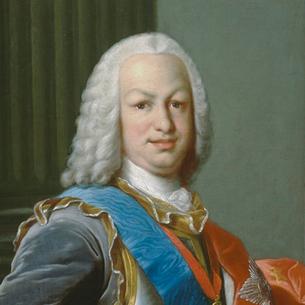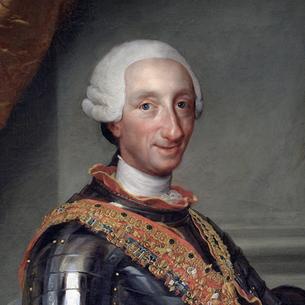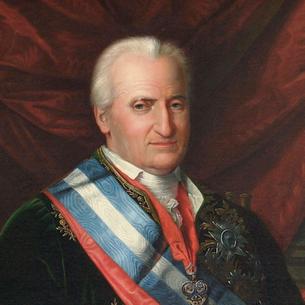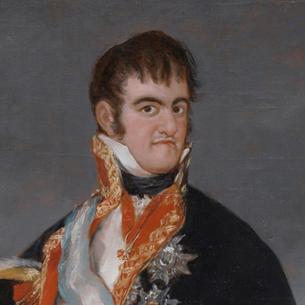Coins of Guatemala
Total added coins: 65
Which Guatemala coins are worth money?
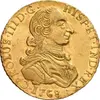

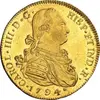





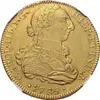
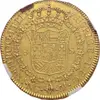
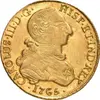
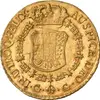




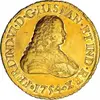



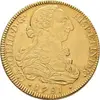

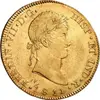








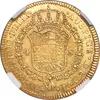




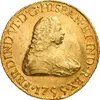






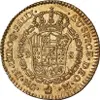


















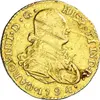

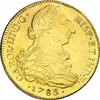

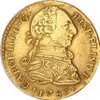
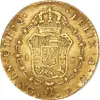







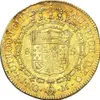











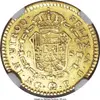











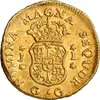
Coins of Guatemala
The Viceroyal Coinage in Guatemala
The first Guatemalan mint was established in 1733 in the city known today as Antigua Guatemala (Old Guatemala). The minting technology was sent to Guatemala from the Mexico mint, who got more-advanced coining presses. Therefore, old but still usable equipment was sent to Guatemala to open a new mint there. So, Guatemalan coinage was represented by silver coins — half real, 1 real, 2 reals, 4 reals and 8 reals (quarter real was added in 1794) and golden ones — 1 escudo, 2 escudos, 4 escudos and 8 escudos.
In 1754, the Guatemalan mint, always being very dependent on the mint in Mexico, was modernized and started using coining presses. However, a disastrous earthquake destroyed much of Antigua Guatemala in 1773. The mint was in ruins too, so it stopped its production. It reopened in 1776, but this time in Nueva Guatemala (New Guatemala), now capital of Guatemala. From that time on, coins were marked with «NG» instead of «G».
Throughout the viceroyal period, the Guatemalan mint produced a few silver coins and a very tiny number of golden ones. Silver coins are thus highly sought after by collectors. As to the golden ones, they represent a true challenge to be met only by very passionate, patient, and wealthy collectors.
Complicacies of the 19th century
Guatemala achieved independence from Spain in 1821, but initially joined the Mexican Empire of Agustin de Iturbide. In 1823, it gained independence together with Honduras, El Salvador, Nicaragua, and Costa Rica and became part of the so-called Republic of Central America. As early as in 1824, Guatemala started minting coins with a republican design. Metrologically, the coinage of that time followed the viceroyal standard, except that half escudo was added. It is also notable that the mints in Guatemala, San José (Costa Rica) and El Salvador minted coins with the same design because all the three belonged to the same republic.
In 1828 and 1829, due to the shortage of money in circulation in the midst of wars and economic problems among the members of the federation, small quantities of provisional coins were minted by some «member states» of the republic which are now extremely rare items.
In 1841, Guatemala gained full independence. Over the next few decades, the Guatemalan coinage was in dramatic chaos where silver coins from many Latin American countries circulated all at the same time. In fact, Mexican, Chilean, Colombian, Peruvian and viceroyal coins could be met in Guatemala at that time. As a result, viceroyal and foreign coins circulating in Guatemala were extensively reminted.
From 1859, coins minted in Guatemala followed the traditional octal system. However, only silver coins were minted, i.e., quarter real 1, 2, and 4 reals.
It was in 1866 when the first decimal system was introduced in Guatemala. Its basic unit was the peso which initially weighted 27 grams of silver. In 1869, it was reduced to 25 grams in order to make it compatible with coins of the Latin Monetary Union. The peso was divided into cents (centavos) and the subunits were made of silver, except for 1 centavo that was minted of bronze. Golden coins had the following values: 4 reals, 1, 2, 4, 5, 8, 10, 16, and 20 pesos.
In 1871, the Liberal Revolution occurred and set out a new episode in Guatemalan coin history: the entire monetary system was changed and the first attempt was done to introduce a decimal system with 1 and 50 centavos put in circulation. As to golden coins, 5- and 20-pesos with liberal symbols were added to Guatemalan coinage.
The quetzal, coin of the 20th century
In 1900, the parity between coinage of the Latin Monetary Union and Guatemala was suspended, paralyzing the production of coins in Guatemala. As a result, a variety of different coins appeared in the early years of the 20th century. They were provisional coins with the value of 5 pesos, 1 peso, 50 centavos, 25 centavos, and 12 ½ centavos.
In 1924, the quetzal was born and it has been the official currency of Guatemala since then. The circulation of coins of the previous periods was thus prohibited. At first, 1-quetzal coins were made of silver and weighted 33.33 grams; they were divided into 100 centavos and the subunits were also made of silver, except for 1-centavo coin. Larger denominations were made of gold, but they were only issued in 1926 with the values of 5, 10 and 20 quetzals.
Gradually, coins made of non-noble metals became prevailing in Guatemalan circulation. Despite that, the inflation that Guatemala has suffered in the last 100 years has been quite moderate and its coinage has thus been reasonably stable to this day. Regarding the mint, it was active till 1996 and, from then on, the production of Guatemalan coins takes place in various places abroad.
Adolfo Ruiz
